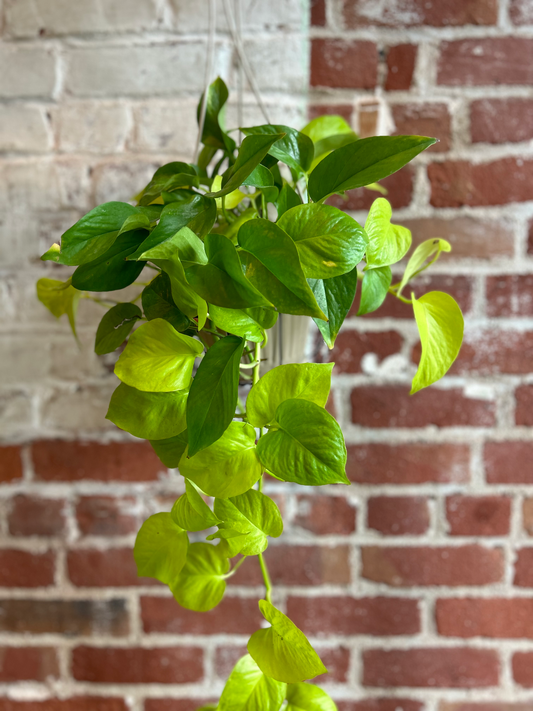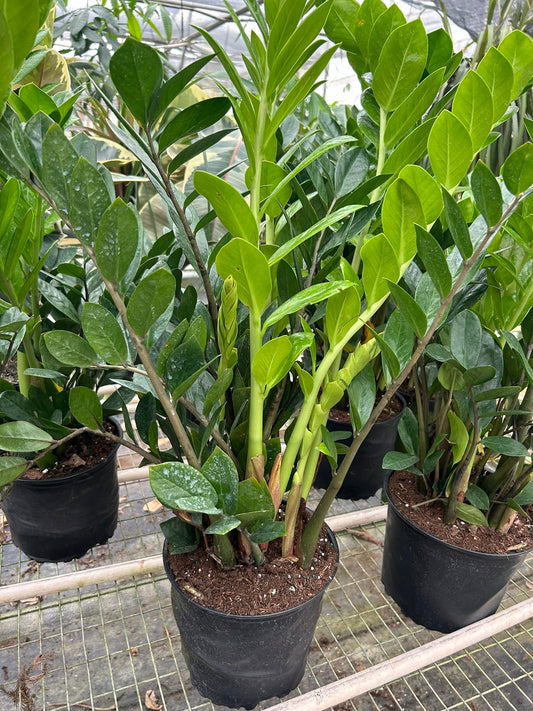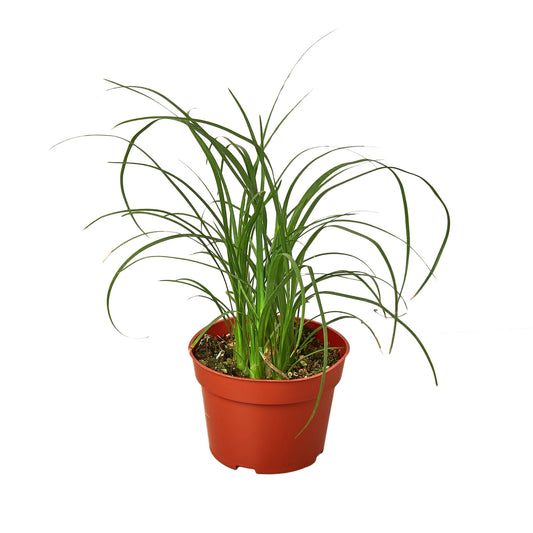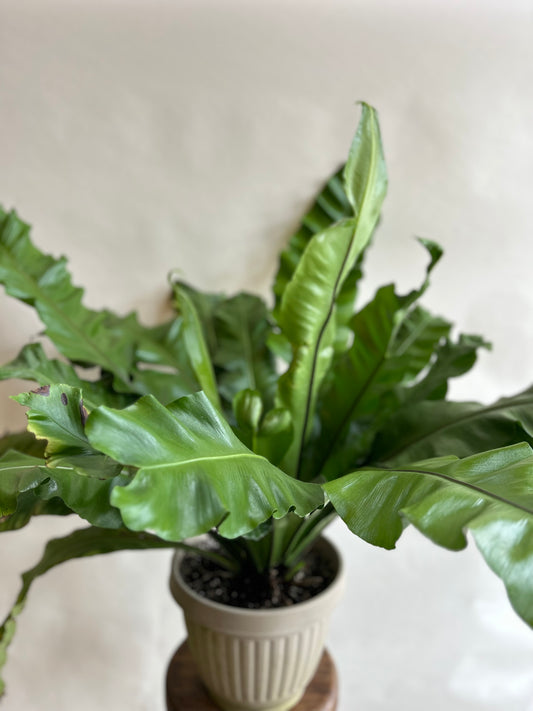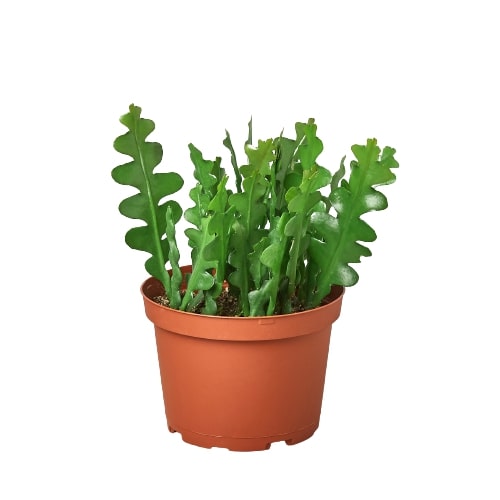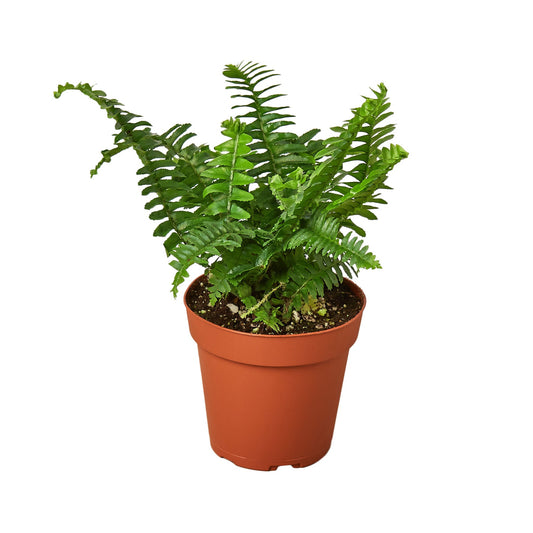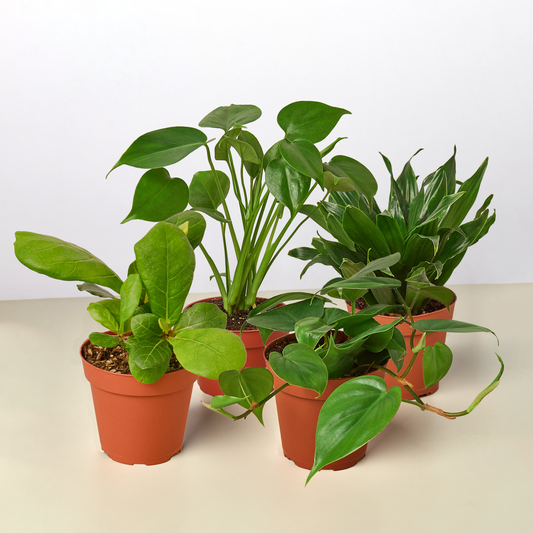The Lifespan Of Purple Passion Plants: How Long Do They Live?
Cafe Planta Team
Anyone who's been bitten by the plant bug knows that adding greenery to your home can transform the space into a cozy haven. One plant that often catches the eye is the Purple Passion plant, with its fuzzy leaves and vibrant purple hue. But how long can you expect this beauty to stick around? Let's dive into the lifespan of Purple Passion plants and ensure you have all the tips to keep yours thriving.
In this article, we'll explore everything from the natural lifespan of these fascinating plants to the best care practices to extend their life. Whether you're a seasoned plant parent or just starting out, you'll find practical advice to help your Purple Passion plant flourish for as long as possible. Let's get started!
The Natural Lifespan of Purple Passion Plants
Purple Passion plants, also known as Gynura aurantiaca, have captivated plant lovers for generations with their unique appearance. They typically have a lifespan of around 2-3 years. While this might seem short compared to some other houseplants, there's a lot you can do to keep them looking fabulous throughout their life cycle.
Interestingly enough, the lifespan of Purple Passion plants is closely tied to their flowering cycle. As they mature, these plants produce small orange flowers. Although the flowers are visually appealing, they mark the beginning of the plant's decline. After flowering, the plant's energy is usually redirected away from leaf growth, which can affect its overall health.
However, don't fret! With the right care and attention, you can extend the plant's life and even propagate new plants to keep the purple magic alive in your home. Let's explore how you can do just that.
Optimal Growing Conditions
To give your Purple Passion plant the best chance at a long and healthy life, it's crucial to provide ideal growing conditions. These plants thrive in bright, indirect light, which helps maintain their vibrant color without scorching the delicate leaves.
Here are some tips to create the perfect environment for your Purple Passion:
- Light: Place the plant near a window with filtered sunlight. Too much direct sunlight can cause the leaves to fade or burn.
- Temperature: Keep the room temperature between 60-75°F (15-24°C). Purple Passion plants dislike drafts, so avoid placing them near windows or doors that frequently open.
- Humidity: These plants appreciate higher humidity levels. If your home is on the dry side, consider using a humidifier or placing a small tray of water near the plant to increase moisture in the air.
By keeping these environmental factors in check, you'll create a supportive habitat that encourages your plant to thrive.
Watering and Fertilization
Watering can be a bit of a balancing act with Purple Passion plants, as they prefer their soil to be consistently moist but not soggy. Overwatering is a common pitfall that can lead to root rot, so it's important to find the right rhythm.
Here’s how you can master watering for your Purple Passion:
- Watering: Allow the top inch of soil to dry out before watering again. Use room-temperature water to avoid shocking the plant.
- Fertilization: Feed your plant with a balanced liquid fertilizer every 4-6 weeks during the growing season (spring and summer). Cut back on fertilization in the fall and winter when the plant's growth slows down.
Remember, every home is different, so you may need to adjust your watering schedule based on your specific environment. Keep an eye on your plant and adjust as needed.
Pruning and Maintenance
Regular pruning not only helps manage the size of your Purple Passion plant but also encourages new growth, keeping it looking fresh and vibrant. Removing spent flowers and leggy growth can direct energy back to the leaves, extending the plant's lifespan.
Here are some pruning tips to keep your plant in top shape:
- Tools: Use clean, sharp scissors or pruning shears to avoid introducing disease to the plant.
- Timing: Prune in the spring when new growth begins. This is the best time to shape the plant and promote bushier growth.
- Technique: Trim back any leggy stems and remove any flowers as they appear. This prevents the plant from putting too much energy into flowering.
Regular maintenance will not only help the plant look its best but also encourage it to live longer.
Propagation: Keeping the Purple Passion Alive
One of the joys of plant parenting is propagation, and Purple Passion plants are fairly easy to propagate. This means you can create new plants and continue to enjoy their beauty even as the original plant begins to decline.
Here’s a simple guide to propagating your Purple Passion plant:
- Cuttings: Take a 4-6 inch cutting from a healthy stem. Make sure the cutting has a few leaves and a node (a small bump where leaves grow).
- Rooting: Place the cutting in a glass of water or directly in moist potting soil. If using water, change the water every few days to keep it fresh.
- Transplanting: Once roots are about an inch long, transplant the cutting into a small pot with well-draining soil.
Propagation is not only a great way to extend the life of your plant but also a fun activity that can be shared with friends and family.
Common Pests and Problems
Like any houseplant, Purple Passion plants can fall victim to pests and diseases. The key is to catch any issues early and take action to prevent them from spreading.
Common issues you might encounter include:
- Spider Mites: These tiny pests can create webbing on the leaves. Increase humidity and wash the leaves with a gentle soap solution to control them.
- Aphids: These insects can be washed off with water or controlled with insecticidal soap.
- Root Rot: Caused by overwatering, root rot can be prevented by ensuring the plant’s pot has drainage holes and by not letting the plant sit in water.
Regularly inspecting your plant will help you catch any issues early, keeping your Purple Passion healthy and vibrant.
Creating a Beautiful Home with Purple Passion Plants
Beyond just being a pretty plant, Purple Passion can add a unique touch to your home decor. With its bold color and texture, it makes a striking statement in any room.
Here are some ways to incorporate Purple Passion into your home design:
- Highlighting: Use the plant as a focal point in a room. Its vibrant color can complement neutral tones or add contrast to a colorful space.
- Containers: Choose pots that complement the plant’s color. A white or black pot can make the purple stand out, while a terracotta pot offers a warm, natural look.
- Pairing: Combine with other plants to create a diverse plant display. Consider pairing with plants that have different textures and colors for an eye-catching arrangement.
Whether you place it on a shelf, a windowsill, or as a centerpiece, Purple Passion plants bring a splash of color and life to any space.
Final Thoughts
In summary, while Purple Passion plants may not live as long as some other houseplants, they offer plenty of beauty and enjoyment during their years. With the right care and attention, you can maximize their lifespan and even propagate new plants to keep the cycle going.
At Cafe Planta, we're all about helping you create a thriving plant-filled home. Whether you're looking for a new plant, need care tips, or just want to chat about your plant adventures, we're here for you. Feel free to reach out to us via email or drop us a message on Instagram. Let's grow our love of plants together!


